The Federal Open Market Committee, the group that sets the overnight borrowing rate, voted 9-2 to stay on hold. The federal funds rate will continue to be set in a range between 4.25%-4.5%. The level sets what banks charge each other for overnight lending, but influences a slew of other rates across the economy.
However, the decision met opposition from governors Michelle Bowman and Christopher Waller, both of whom have advocated for the Fed to start easing in acknowledgement that inflation is under control and the labor market could start weakening soon. This was the first time since late 1993 that multiple governors cast no votes on a rate decision.
The post-meeting statement offered only a couple changes in how the committee views economic conditions.
“Although swings in net exports continue to affect the data, recent indicators suggest that growth of economic activity moderated in the first half of the year,” the document stated. “The unemployment rate remains low, and labor market conditions remain solid. Inflation remains somewhat elevated.”
At the June meeting, the committee had a more optimistic view, saying the economy “continued to expand at a solid pace.”
The Wednesday statement said uncertainty about conditions “remains elevated,” also a less upbeat assessment from June, which noted that uncertainty had “diminished but remains elevated.”
A slower economy would boost the argument for lower interest rates, though the committee stopped short of endorsing that view.
Fed Chair Jerome Powell will speak at 2:30 p.m. ET and could address whether the committee is tilting toward a rate cut at the next meeting in September.
Markets had overwhelmingly expected no action on rates and stocks held on to gains after the decision was announced. Investors were expected to examine the extent of disagreement on the committee, which normally has 12 voters but was without Governor Adriana Kugler at this meeting. Traders expect the Fed to cut in September, though that could change depending on the data flow. Fed officials in June narrowly indicated they see two cuts in total this year.
The news follows a remarkable stretch for an entity with great sway over the economy but one that has mostly avoided the political fray, at least overtly.
Trump has called for Powell’s resignation and even toyed with the legally questionable idea of firing him. Though he’s largely backed off the threat of sacking Powell, the president has kept up the criticism of a former appointee whom he now regularly calls “Too Late.”
The president has suggested the Fed lower its benchmark rate by 3 percentage points, which he said would reduce bowering costs on the surging national debt and help the moribund housing market.
In addition to the hectoring over rates, the Trump administration has ripped Powell and the central bank for cost overruns on a massive remodeling project at two of the Fed’s buildings in Washington. Powell has insisted that the overruns are not the product of mismanagement but rather escalating costs since the project began.
Wednesday brought more news that could influence the Fed’s path, Trump’s badgering notwithstanding.
The Commerce Department reported that gross domestic product grew at a 3% annualized rate in the second quarter, considerably stronger than expected. Though much of the headline gain was propelled by a reversion of a massive import surge in the first quarter ahead of Trump’s tariffs, the report nevertheless reinforced the notion of an economy still on solid ground.
Moreover, the report showed inflation running at just a 2.1% rate for the period, according to the Fed’s main forecasting tool. Core inflation was a bit higher at 2.5%, but both numbers plunged from their first-quarter levels and neared the Fed’s 2% bogey.
“We at the White House 100% respect their independence, but we also like to respect their analysis,” National Economic Council Director Kevin Hassett said Wednesday on CNBC. “We expect that the Fed will catch up to the data soon. That’s going to be a really big, positive story.”
The Fed next will gather at its annual retreat in Jackson Hole, Wyoming, in late August. The event historically has featured a major policy speech from the chair.

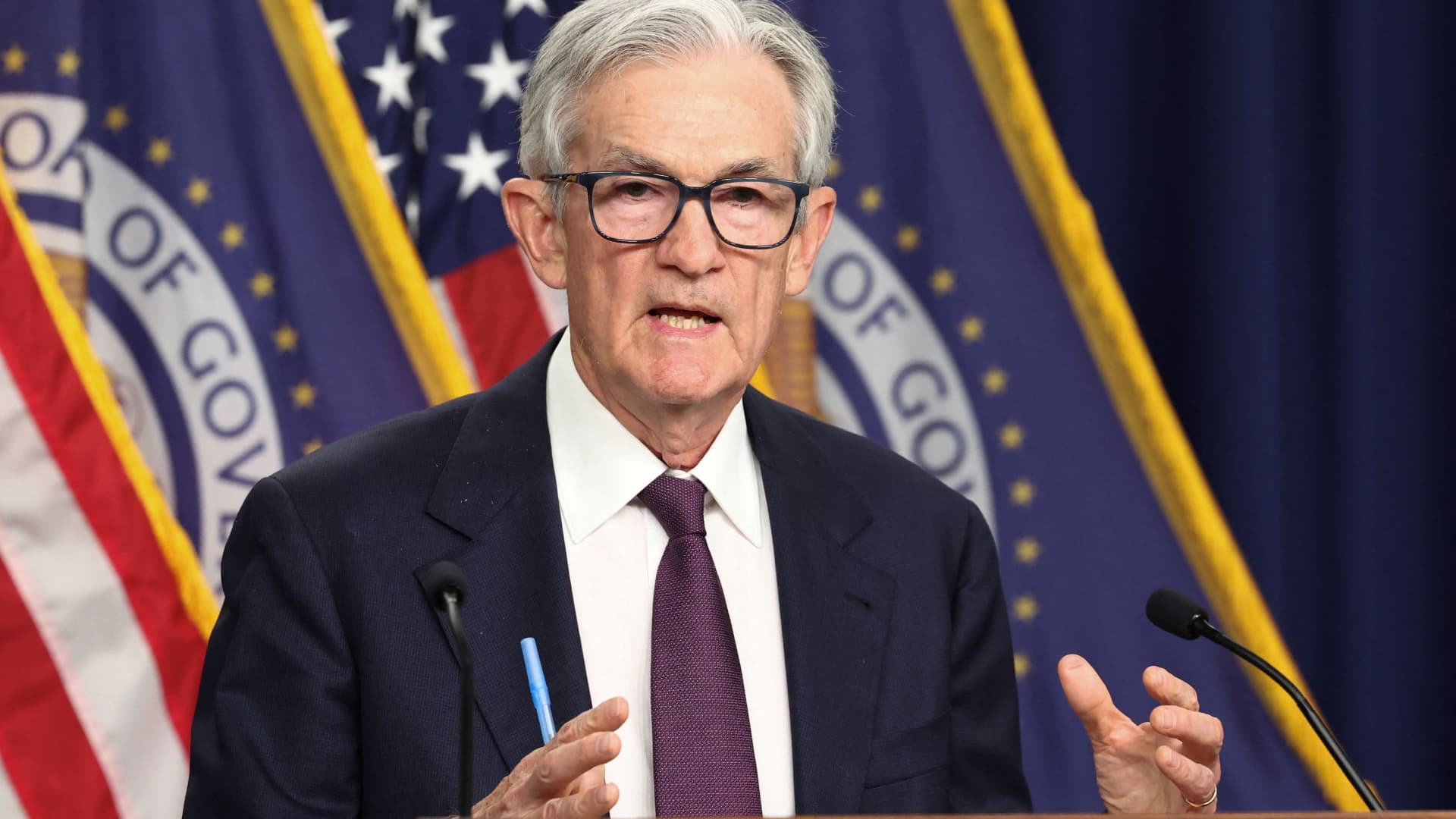
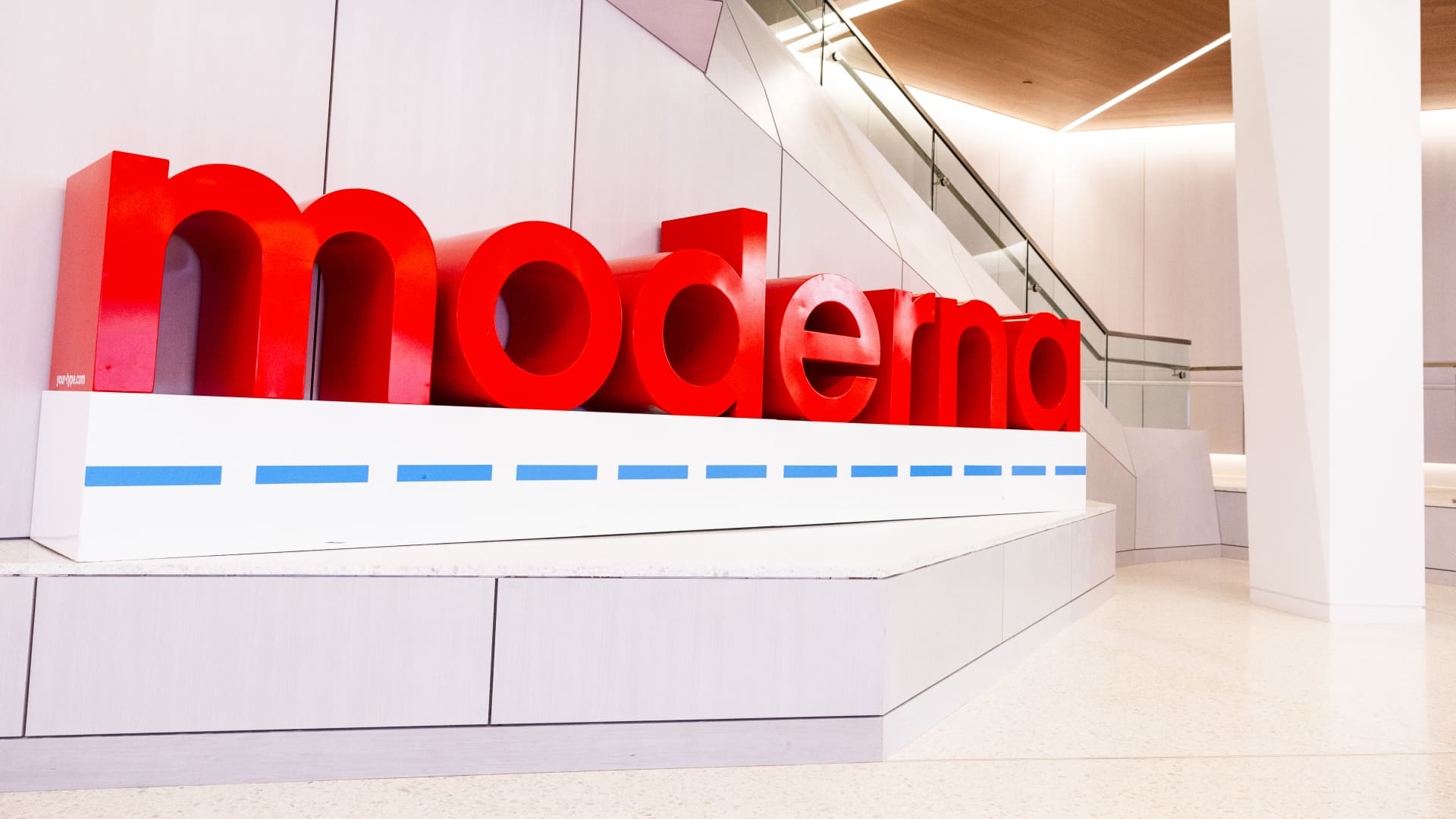

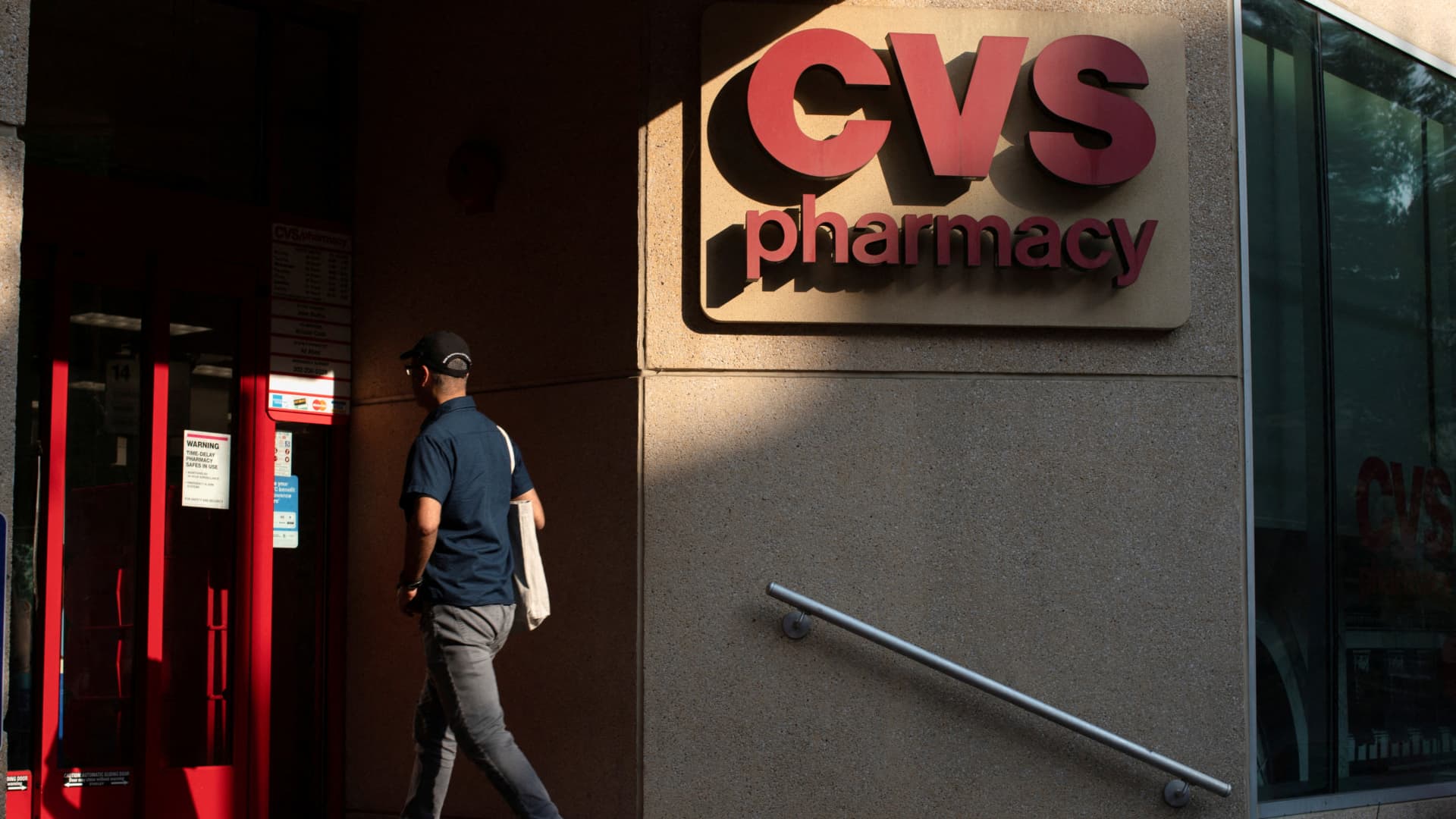





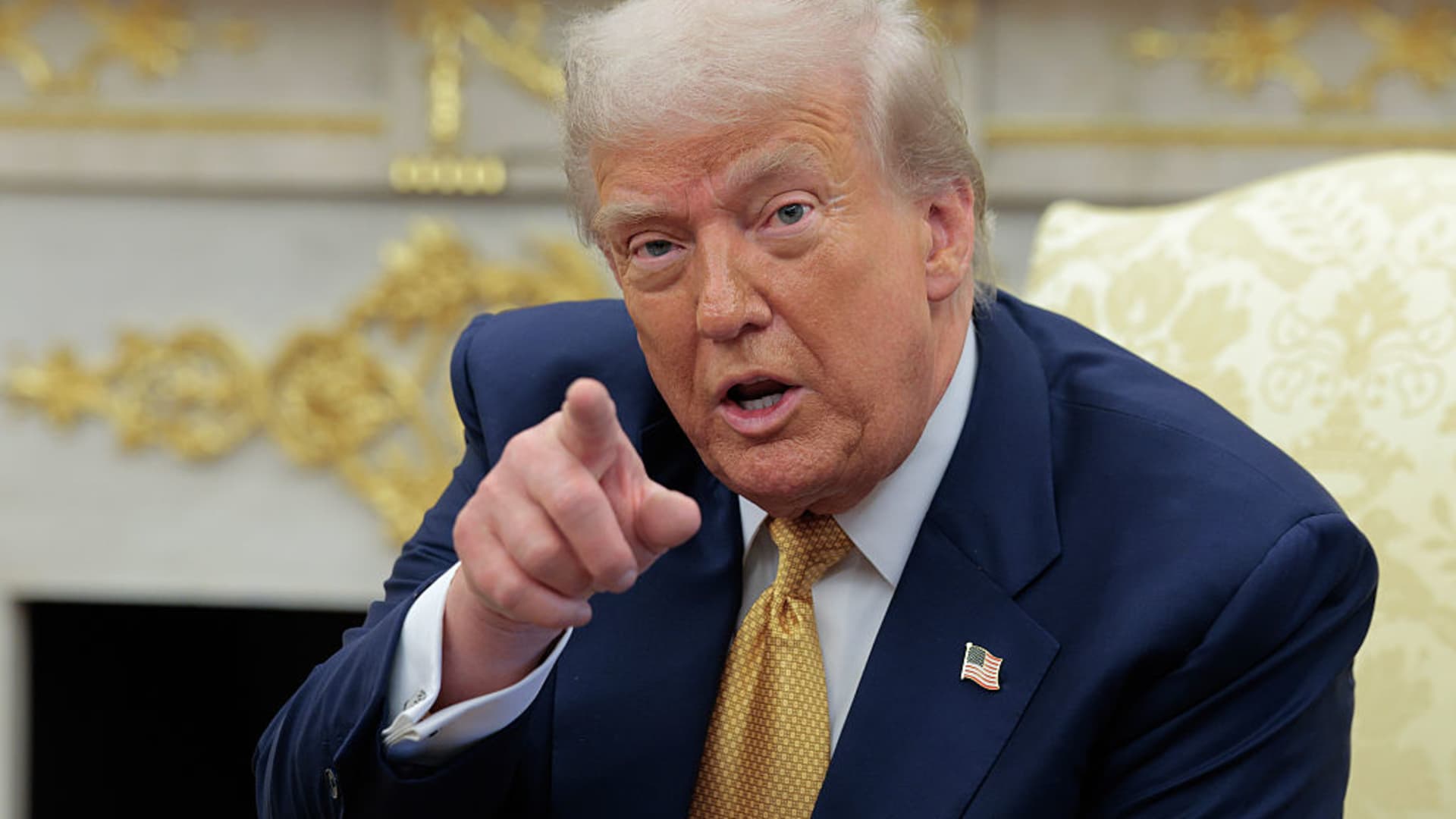

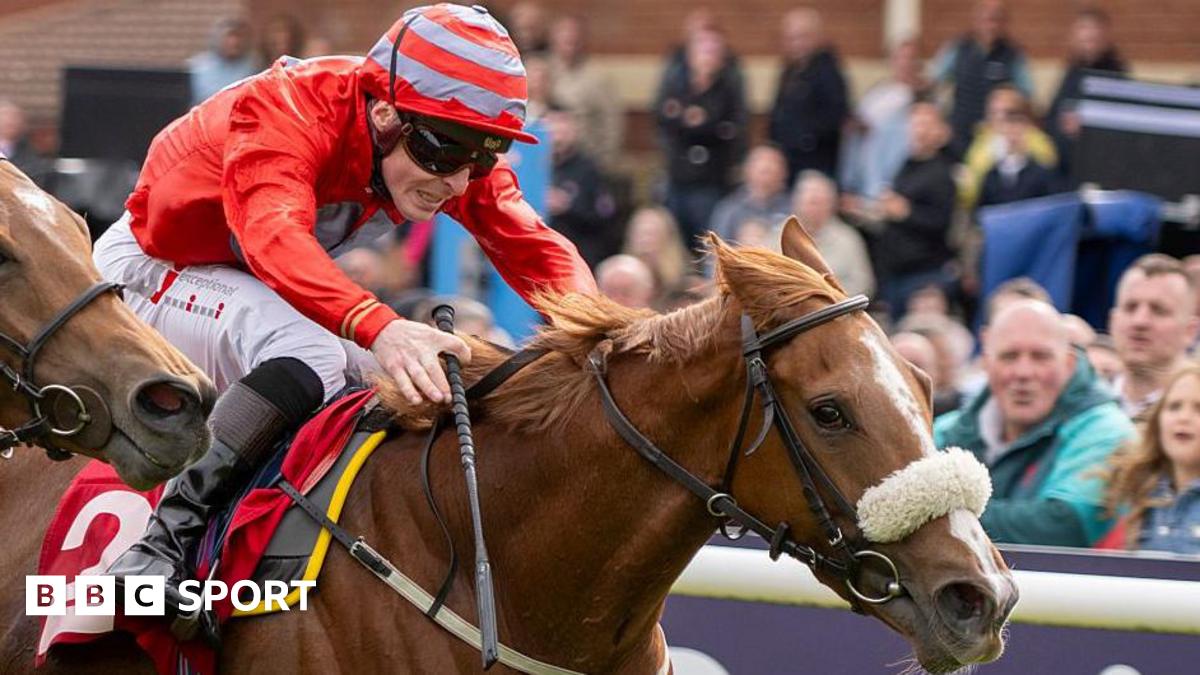



Leave a Reply